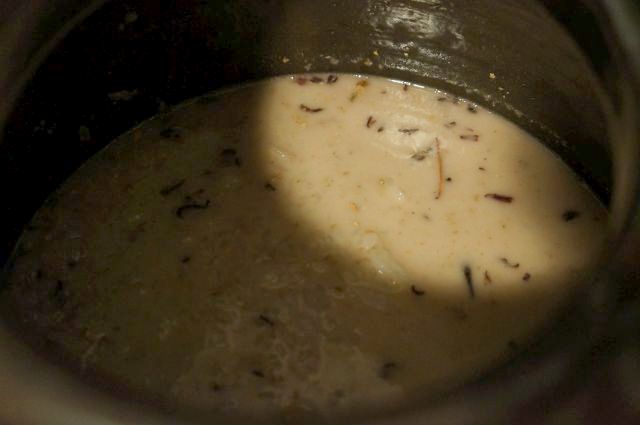Korean brewing has its own terminology to describe things specific to the craft. This series of posts, titled "Lexicon", aims to de-mystify this esoteric range of vocabulary, which can be a hurdle for those new to Korean traditional alcohol. Today we are discussing makgeollli and soju. These are the most widely consumed Korean alcoholic beverages, in my opinion, so let's learn a little more about them. Makgeolli 막걸리 Makgeolli is a cloudy rice wine, sometimes called a "farmer's drink", dong-dong ju, tak-ju, and maybe a few others. It is traditionally made by diluting the leftover lees or sediment from the brewing of clear, or filtered rice wine. The clear wine was typically reserved for the higher social classes, while makgeolli was left for commoners. The clear wine is called Cheongju. Makgeolli can take on many flavors and variations, which you may know if you're a reader of this blog. The archetypal makgeolli is made with rice, nuruk, an...

